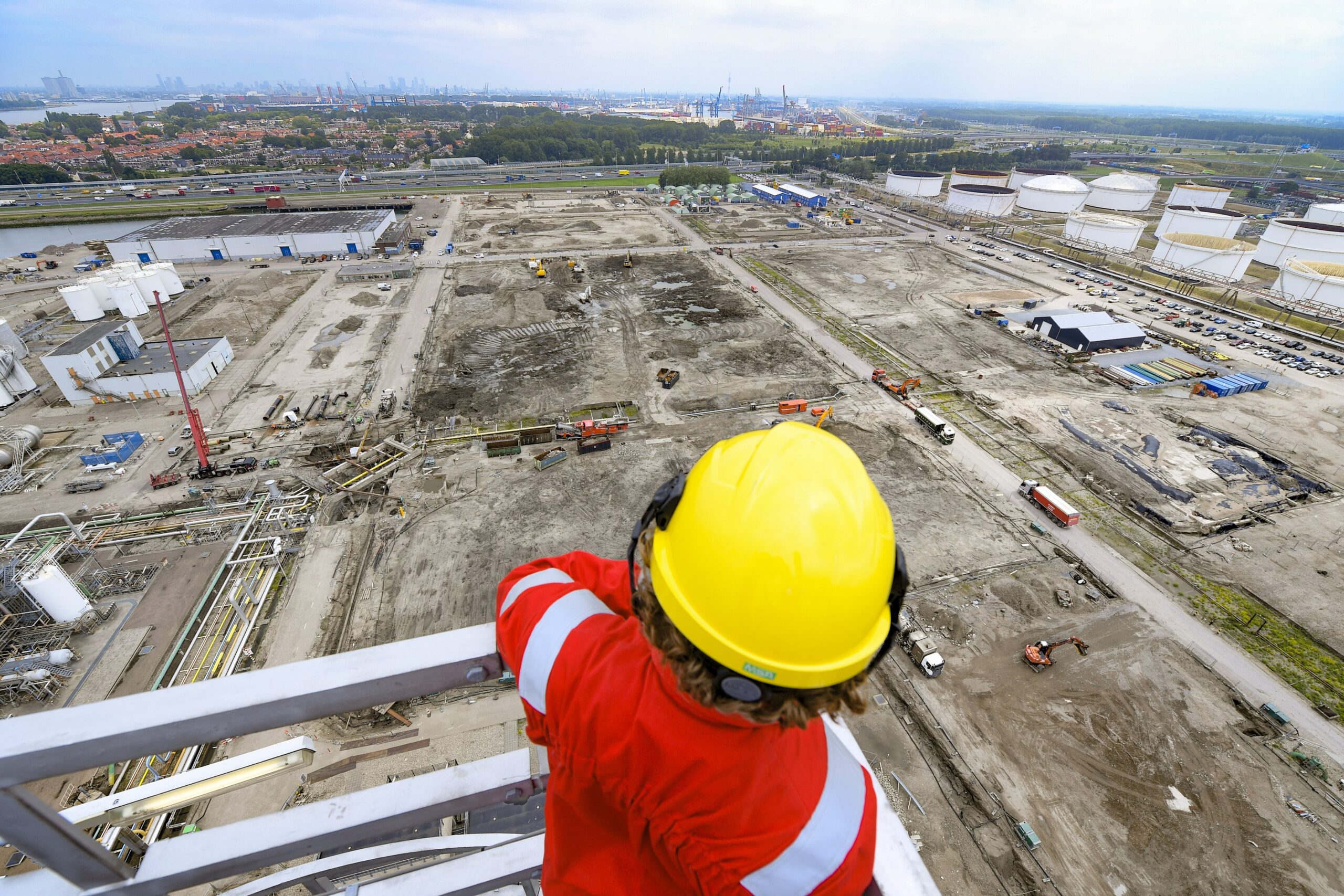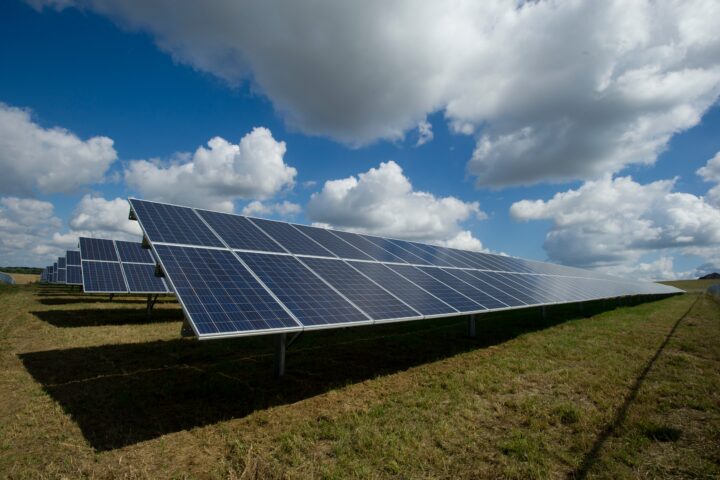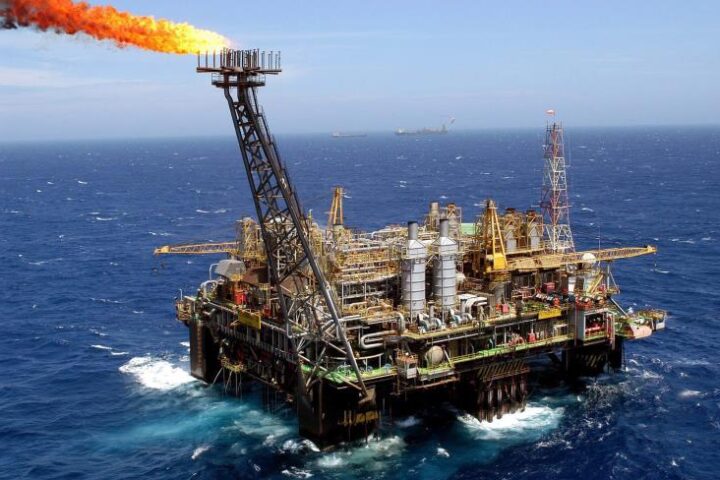Oil prices fell in October due to mixed data amid weakening demand in China and the US, even after OPEC and the IEA forecast demand growth this year and next.
The latest OPEC monthly market report states that oil demand is looking good. The 2023 growth forecast has been revised up by 20,000 b/d to 2.46 mln b/d.
In addition to OPEC, the IEA has raised its forecasts for oil demand growth this year and next despite expectations of an economic slowdown.
But, the IEA has also indicated that supply is “exceeding expectations” and that the market could tip into surplus in the first quarter of 2024 from a deficit in the final quarter of this year.
OPEC blames the recent oil price dip on speculators, and what happens next depends on the outcome of the next OPEC meeting, scheduled for November 26.
OPEC+ remains positive on global oil demand before evaluating production cuts.
Saudi Arabia and Russia reaffirmed their commitment to oil supply curbs of 1 and 0.3 mln barrels a day until the end of the year.
Saudi Arabia will then review its policy, leaving the option to extend it open.
Furthermore, oil and gas markets do not expect Middle Eastern hostilities to affect energy supplies.
The UK government has confirmed its plans to introduce legislation to grant new North Sea oil and gas licences every year to strengthen Britain’s energy security to “reduce reliance on volatile international energy markets and hostile foreign regimes”.
As regards the energy majors, Chevron and ExxonMobil are proceeding with big acquisitions; they have an “optimistic view of oil demand versus the ‘peak demand’ pessimists”, as they think peak demand is nowhere close.
Shell CEO Wael Sawan backs the approach of a ‘leaner’ operation in defending the renewables strategy shift, with plans to make Shell “leaner” and more selective about how it invests in the energy transition.
He outlined plans to boost returns by maintaining oil output, growing the gas business and trimming less profitable parts of the company’s low-carbon portfolio.
Looking beyond, there are warnings that there could be “a severe degradation of the investment climate” as well as serious energy – oil and gas – flow disruptions if war breaks out along Israel’s northern border with Lebanon and Iran becomes involved – but so far it does not look likely.
A new UN report, ‘The Production Gap – Phasing down or phasing up’, said that based on government plans, oil production is on track to increase to over 112 mln b/d by 2050.
China’s refinery throughput has increased dramatically this year to 15.5 mln b/d in comparison to an average 13.5 mln b/d in 2022.
Rising inflation is affecting the US shale oil industry.
It now needs $75 to $80/b to produce profitable oil and gas.
Producing from more difficult plays requires a minimum oil price closer to $90/b.
Saudi Arabia’s strategy to reduce domestic oil burn is gaining traction with the completion of key gas and solar projects.
China leads
Meanwhile, China’s massive investment in clean energy dwarfs the US and EU, maintaining a dominant global supply chain position.
China was responsible for nearly half of global renewables spending in 2022, totalling $546 bln – nearly four times US spending.
In 2024, China will dominate the solar module supply chain with over 80% global capacity, driven by significantly lower module costs than Europe and the US.
Beijing has made an ‘opening play’ on methane policy before the UN climate summit.
It planned to take more “forceful” action to tackle methane – a “crucial step for global climate action”.
China is the world’s top methane emitter.
But it has just released its long-awaited plan to address the potent greenhouse gas emissions through monitoring, reporting and data transparency ahead of COP28.
China is to guarantee payments to coal power producers based on capacity.
The variability of power output from weather-dependent renewable sources and concerns over domestic energy security have led policymakers to continue to see coal as a backstop.
COP28
The COP28 conference in Dubai in early December looks set for conflict after tense negotiations on the climate damage fund, as the US and several developing countries expressed disappointment in the draft agreement.
The agenda to move forward on the energy transition will be costly.
To achieve the world’s goals by 2050, about $100 trln in investments in clean energy will be needed, 70% of which will be for upgrading energy grids.
That puts into question the IEA’s optimism that fossil fuel consumption will peak within this decade.
This year is expected to be the warmest on record.
As El Niño continues to strengthen in the tropical Pacific Ocean, it will likely give global average temperatures a sizeable boost going into next year.
The UN’s Intergovernmental Panel on Climate Change (IPCC) predicts a 9% rise in greenhouse gas emissions by 2030, with climate action falling vastly short of the 45% drop in emissions required to curb global warming.
Europe’s big hydrogen ambitions will not deliver, either.
The EU should stick to ammonia fertiliser, refining, shipping and aviation (maybe later), as Europe’s hydrogen ambitions need a reality check.
Renewable energy stocks have badly underperformed their fossil fuel peers and the broader market in the current year.
The good news is that nations are on track to meet their NDC targets.
The catch is those targets are not high enough for net zero by 2050.
On another note, the Panama Canal is facing problems due to a lack of rainfall, subsequently affecting water levels, while this is also affecting oil and LNG shipments through the canal.
Dr Charles Ellinas is Senior Fellow at the Global Energy Center, Atlantic Council
X: @CharlesEllinas










